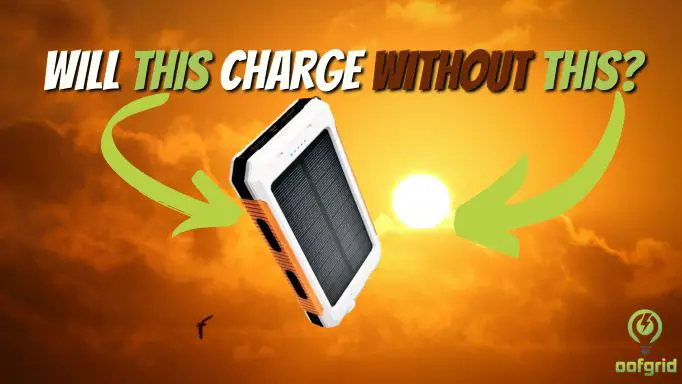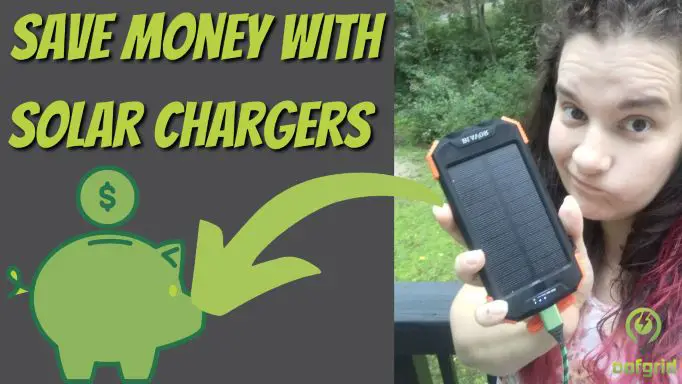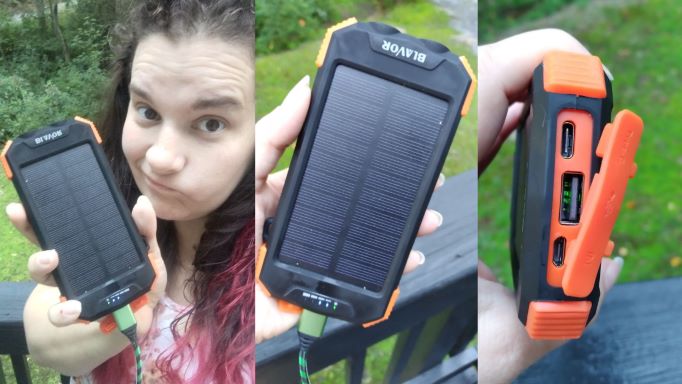Generators are excellent devices that can provide you with power when you absolutely need it. Even when every other power source fails you, you can count on a generator to help you in a pinch. That is until your generator stops producing power as well.
No one wants to deal with a broken machine, particularly when you need it. If you only use your generator sporadically, you might only realize it’s broken when you’re desperate for a power source.
So, instead of being able to rely on your generator, you’re stuck without any power with no way to rectify it quickly.
To prevent this from happening and leaving you in the dark, we’re going to be looking at some reasons why your portable generator might not be working properly and producing power.
Contents
The most common cause is…
More often than not, the reason why your generator is not producing power is due to the loss of residual magnetism. Generators work by pushing electrical conductors through a magnetic field. However, your generator does not house any magnets.
So, how does the magnetic field occur? It is created by the generator taking some of its output voltage and converting it to a direct current. The direct current is then fed to a coil which creates an electromagnetic field.
Every time your generator runs, there is a little magnetism that is left behind. This is called residual magnetism and it is enough to create a small amount of energy. The next time your generator is turned on, the residual magnetism can be used to make an even stronger electromagnetic field.
The more residual magnetism, the more power your generator can create. So, when all of this is lost your generator might struggle to turn back on.

Why does your generator sometimes lose its residual magnetism? This could either be down to you not using the generator in a while or from the load still being connected to the generator when you shut it off. Another reason could be that you kept the generator running for too long in one session.
To prevent losing the residual magnetism, you should run your generator periodically to avoid it sitting dormant for too long. You should also not run too big of a load at one time, and turn off the breaker before switching the generator off.
How to Fix the Loss of Residual Magnetism
Luckily, there are two methods to fixing the loss of residual magnetism. We’ve outlined the basic premise of each below, so you won’t have any issues with fixing the loss of residual magnetism in the future.
With a 12V Generator Battery
- Take your 12V generator battery and find the voltage regulator.
- Unplug the wires connecting to the generator brushes. There should be two wires – one red, one black or white.
- With the black or white wire, connect it to the generator ground battery terminal.
- Plug in a light or something else with a low voltage and turn on the generator breaker before starting the motor.
- Connect the battery’s red cable to the red wire that you just removed.
- After three seconds disconnect the red cable and wire again.
- Replace the plug into the battery.
- Your generator should be producing power and will begin building up more residual magnetism.
Anytime that you’re adjusting a battery, you need to be careful that you don’t inadvertently cause harm or damage to the battery. One wrong move and you could render the battery useless, so it’s important that you only use this method if you feel competent doing so.
When unplugging the brush wires, make sure that they come from the automatic voltage regulator. Otherwise, you could damage your battery even further.
Avoid touching the voltage regulator or too many other wires as there could be dangerously high voltages present that could cause an electric shock.
With an Electric Drill
- Plug your electric drill into the generator that is currently not turning on.
- Make sure that your drill is in a forward position so that it isn’t in a reversible mode.
- Start the generator.
- Depress the trigger on the drill while spinning the chuck in the reverse direction.
- The opposite movements should excite the battery and allow the generator to begin generating power.
- If this method doesn’t work, try spinning the chuck in the opposite direction as we said earlier.
- Once the generator is producing power, the residual magnetism should begin building up again.
Be very careful when spinning the chuck that your hand does not get caught. Once the generator starts producing power, the drill will turn on and can pose a threat to you if your hand is in a dangerous position.
The electric drill method works because the drill works as a small generator when the chuck is spun in the opposite direction to the drill. The drill’s motor has magnets within which can induce voltage that can be fed back into your generator.
These methods didn’t work – what’s next?
While these methods have an excellent success rate for a lot of people, there is no guarantee that they will work for you. If you have tried both of these methods without any luck, we might advise you to take the generator to a professional to have a look over.
If you have a warranty with the original manufacturer, you could use it to send it back to the source to see if they could repair or replace it for you.
Once you’re sure that the two methods above have not worked for you, the next logical step is to replace the automatic voltage regulator as it could be damaged. Again, we would recommend taking the generator to a professional to prevent you from damaging the generator further.
Summary
The most common cause of generators not producing power is the loss of residual magnetism. There are two simple methods of how to rectify this issue, either by using the generator’s battery or an electric drill.
These methods are very easy to use, but they do come with some dangers as you’re working very closely to a powerful battery. If you’re worried about your competence or think that you’re in over your head, it might be easier to take the generator to a professional instead.






